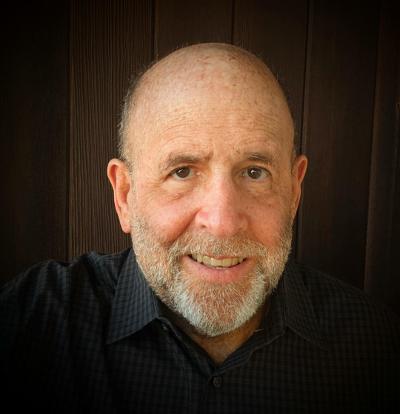Andrew Malekoff
As a student-athlete, I learned at an early age not to complain about injuries.
Playing hurt was a mark of valor. It was a price I was prepared to pay. It offered me the benefit of advancing my status on the team and gaining the respect of my coaches and teammates.
Consequently, I played with broken bones, severe ankle and knee sprains, bruised ribs, painful contusions and head injuries.
In my years playing contact sports I never once told a coach that I was injured or hurting. It was their job to figure it out and decide whether or not I should be pulled. Playing hurt and keeping quiet were learned behaviors and values I lived with like a badge of honor.
Once when watching game films, my high school football coach chewed me out when I appeared to be stumbling in slow motion during a kickoff. He ridiculed me, to the delight of my teammates who convulsed in laughter as he played the film clip over and over again. Public humiliation was a rite of passage. It was just my turn.
What did not make it into the frame of the game film was the full-speed collision just moments before my screen debut. I took a knee to the head which left me seeing stars and staggering about, trying to maintain my balance.
I was out cold on my feet. I stayed on the field, continued to play and never told a soul. It was my first concussion. More were to come.
By now it is well known that concussions in sports have reached dangerous proportions, a silent epidemic and a public health issue. TikTok and YouTube routinely post sports collisions among children and adults, often head-to-head impacts, to the delight of millions of viewers.
The Journal of American Medical Association reported in 2019 that 62,816 head injuries occur annually among high school varsity athletes across the country. It may surprise you to know that girls are more vulnerable to concussions than boys.
JAMA reported in 2021 that, in a survey of more than 80,000 high school soccer players in Michigan, girls are nearly twice as likely to experience concussions than boys.
Nature magazine cited a growing body of data, also in 2021, that suggests “female athletes are at significantly greater risk of a traumatic brain injury event than male athletes” and they “fare worse after a concussion and take longer to recover.”
I doubt that early advocates of Title IX of the Educational Amendments Act of 1972, a federal law prohibiting sex discrimination in educational institutions, anticipated that as young women and girls exploded onto the sports scene, they might one day be as susceptible to head injury as men and boys.
Although male concussions occur mostly through collisions with teammates or opponents, as illustrated above, female concussions are most often the result of contact with a ball, or whiplash contact to the ground in soccer or ice surface in hockey.
If this is a public health issue we must insist that all children and teenagers and their parents be educated early on about the risks, consequences, signs and symptoms of head injury. Lingering symptoms might include headache, memory loss, fuzzy thinking, difficulty concentrating, difficulty sleeping and mood issues, according to Fort Myers, Fla., pediatrician Dr. Tom Schiller.
Adults who care about kids need to offer alternative models for demonstrating courage and heart. We must provide a counterforce to the dangerous and false belief that putting one’s well-being or life in danger when playing a game is noble.
Competitive sports involve sacrifice, perseverance, loyalty, honor, and courage, all values that will serve one well throughout life. However, maintaining a code of silence about a serious injury that can lead to lifelong consequences is another matter. Keeping quiet about a head injury is not honorable or courageous.
On the contrary, it is ignorant and a betrayal of one’s body and mind, and one’s loved ones.
We must demand that those in power in youth, interscholastic and intercollegiate sports protect our children; and we must help our children, from an early age, to think critically and to develop the good sense and courage, without shame, to break the silence.

